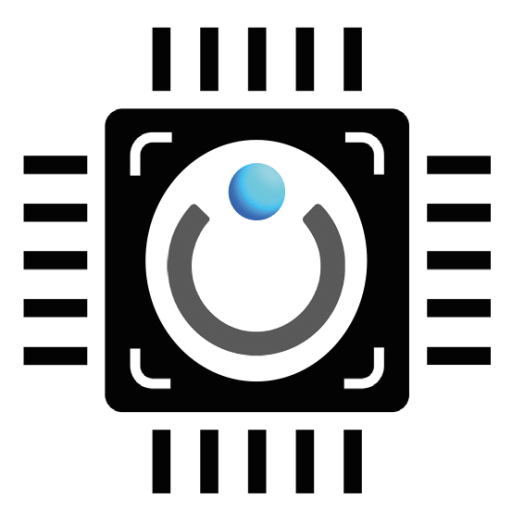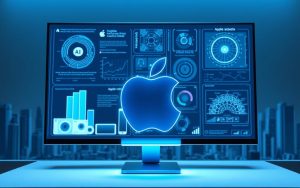Modern workplaces need better ways to record talks without risking security. The leading platform Read AI offers a smart solution. It uses enterprise-grade meeting analysis tools that respect privacy.
It only joins video calls when invited. Then, it creates real-time transcripts and tracks who’s speaking. This turns messy talks into clear reports, from action items to key decisions.
Teams get detailed summaries with times and topics. This makes taking notes a thing of the past.
The platform’s automated meeting summaries do more than just transcribe. It spots important topics, project links, and what needs to be done next. It works in 20+ languages and keeps data safe with SOC 2 Type 2 and GDPR compliance standards.
For teams working from anywhere, Read AI keeps everyone on the same page. It works with Google Meet and captures talks offline. This way, Read AI changes how teams share and use their knowledge.
Does Read AI Record Meetings? Core Functionality Explained
Read AI’s meeting playback features come in three levels. You get 30-second trailers for quick summaries, 2-minute highlights for key decisions, and full recordings for all the details. This way, teams can save time without missing out on important points.
The system’s Transcription 2.0 technology automatically marks key moments. It uses audience reactions like voice tone changes or screen-sharing to create insights. This helps teams make better decisions.
Sales teams at companies like HubSpot use these insights to see how prospects engage during demos. If there’s a spike in negative sentiment, they get alerts to improve their pitches on the spot. HR teams also use it to check if discussions follow company policies.
Read AI’s enterprise search copilot is like a central hub for all your content. It indexes Zoom recordings, Microsoft Teams chats, Salesforce entries, and email threads. Legal firms can quickly find case-related discussions, and product teams can track client feedback from meetings to Jira tickets.
This integration saves a lot of time, boosting productivity by 40% in some cases. It makes finding information much easier.
The platform is built with security in mind. It keeps sensitive talks or consultations safe with encryption. With custom retention policies and access controls, companies can protect their data while using AI for analysis.





